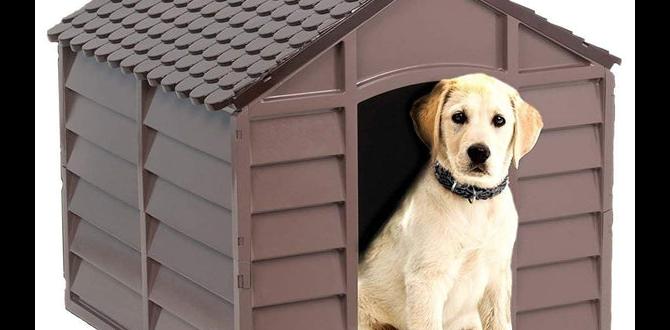Catnip, also known as Nepeta cataria, is a beloved plant among cat owners and gardeners alike. This perennial herb, with its distinctive aromatic leaves and striking blue-purple flowers, has been used for centuries for its medicinal and culinary properties.
But perhaps its most well-known use is as a natural stimulant for cats, causing them to roll, rub, and play with wild abandon. With its easy-to-grow nature and multiple benefits, it’s no wonder that many people are interested in learning how to grow catnip from seed to harvest.
Here, we will provide step-by-step instructions for How To Grow a Catnip From Seed To Harvest. From selecting the right seeds to harvesting and preserving the plant, we will cover all aspects of growing catnip, including the ideal growing conditions, common challenges, and tips and tricks to ensure a bountiful harvest.
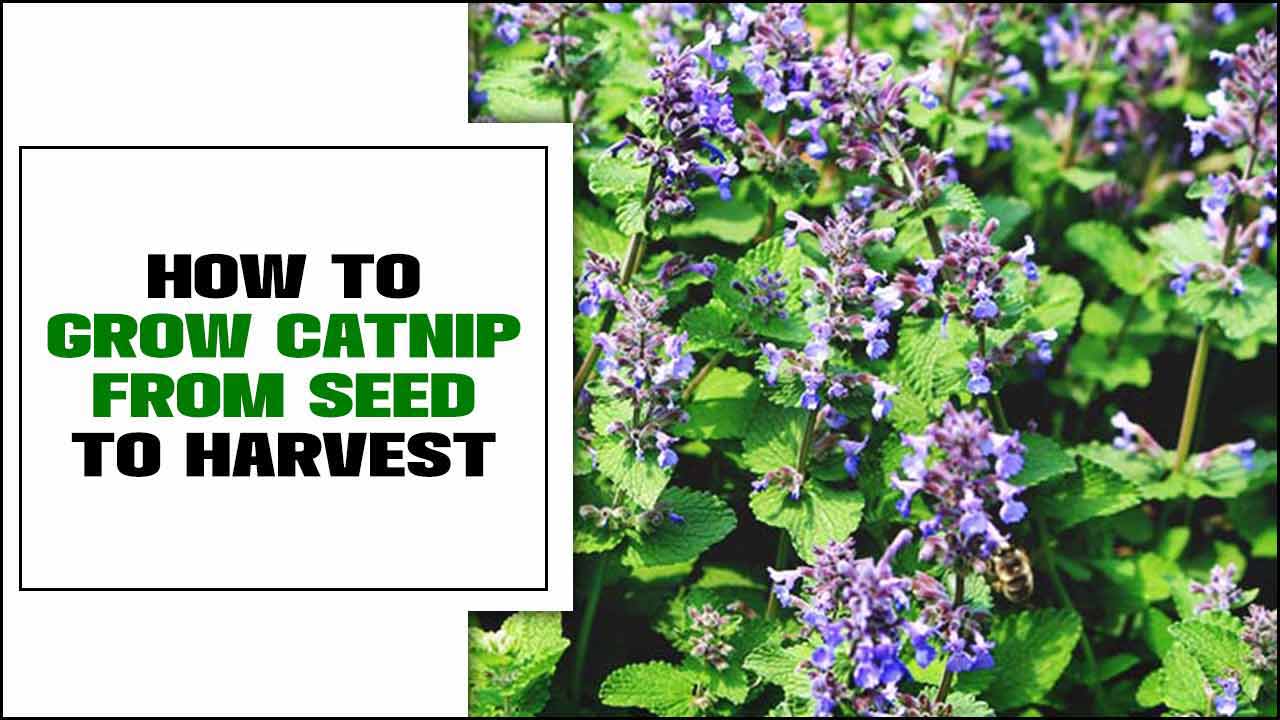
How To Grow Catnip From Seed To Harvest – Full Discussion
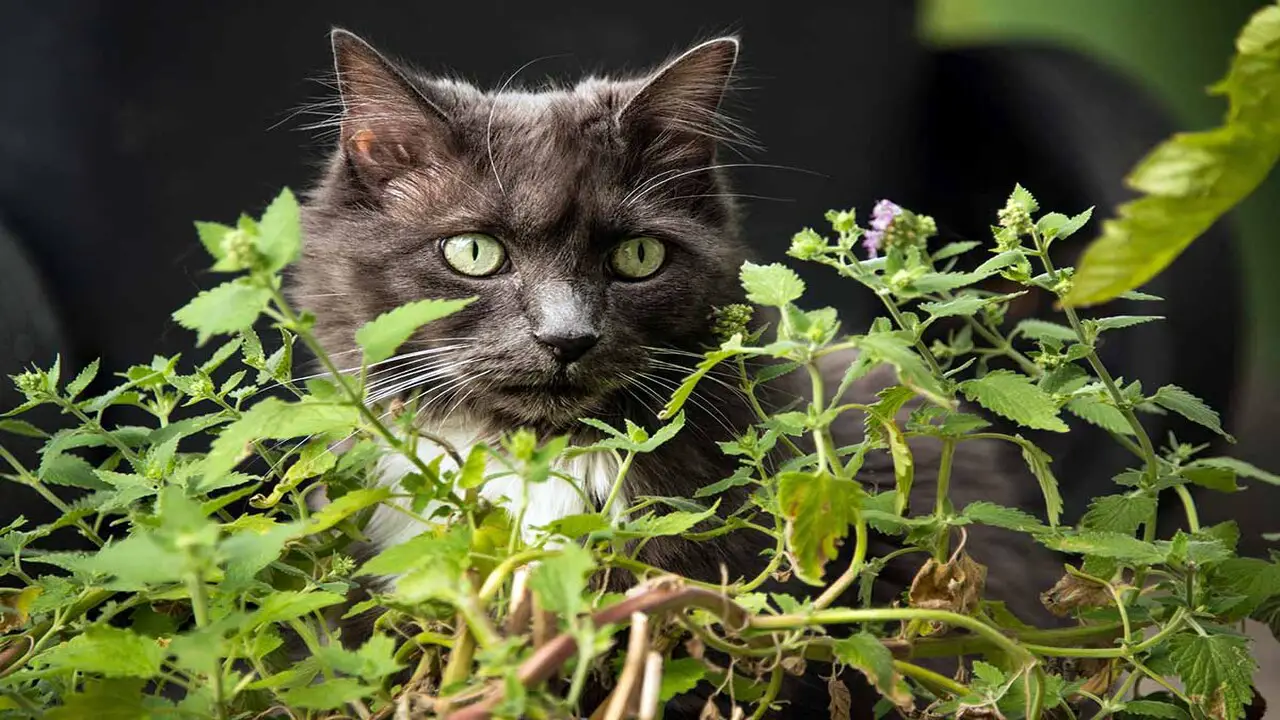
here to know the answer on how to grow catnip from seed to harvest. This is particularly beneficial for seeds that have a hard seed coat, as the freezing process helps to weaken the coat, allowing water to penetrate more easily. Once the seeds have been frozen, it is important to transfer them to a container filled with water and let them soak for a period of 24 hours. To grow catnip from seed to harvest, follow these steps:
- Start With Quality Seeds: Purchase catnip seeds from a reputable source or collect them from mature catnip plants.
- Choose The Right Planting Time: Catnip can be grown from early spring to early summer. Select a time when the danger of frost has passed.
- Prepare The Soil: Catnip prefers well-draining soil with a pH level between 6.1 and 7.8. Ensure the soil is loosened and free from weeds.
- Sow The Seeds: Scatter the catnip seeds evenly over the prepared soil and lightly press them onto the surface. Cover them with a thin layer of soil.
- Water Regularly: Keep the soil consistently moist but not waterlogged. Water the plants regularly, especially during dry periods.
- Provide Adequate Sunlight: Catnip thrives in full sun, so choose a location that receives at least 6 hours of direct sunlight daily.
Preparing The Soil For Catnip Planting
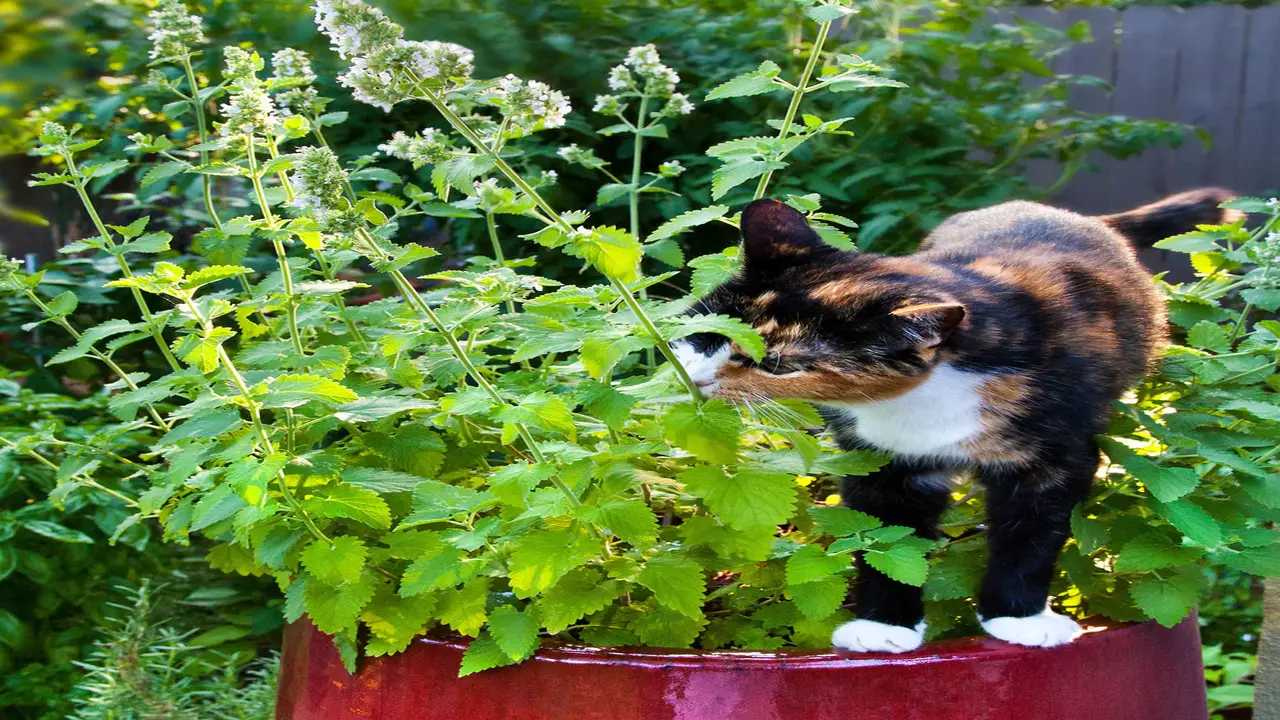
Preparing the soil for catnip planting is an important step to ensure successful growth and cultivation. Catnip prefers well-drained soil, so if your soil tends to be heavy or clay-like, consider adding organic matter such as compost or aged manure to improve its texture and drainage. Once the soil is prepared, it’s time to sow the catnip seeds. Here are some tips to help you prepare the soil for catnip planting:
- Location: Choose a sunny spot in your garden or a location with partial shade. Catnip prefers well-drained soil and at least six hours of direct sunlight per day.
- Soil Preparation: Start by removing any weeds or grass from the planting area. Catnip thrives in soil with a pH level between 6.1 and 7.8. Test the soil pH and make adjustments if needed by adding lime to raise the pH or sulfur to lower it.
- Loosening The Soil: Use a garden fork or tiller to loosen the soil to a depth of about 8-10 inches. This will help improve drainage and root penetration.
- Organic Matter: Add compost or well-rotted manure to the soil to improve its fertility and structure. Incorporate it into the soil by mixing
Sowing Catnip Seeds
Catnip (Nepeta cataria) is a popular herb known for its enticing scent and its effects on cats. If you are interested in growing catnip from seed to harvest, here are some tips and techniques to help you along the way:
- Choosing The Right Time: Catnip seeds can be sown either indoors or outdoors. If you opt for indoor sowing, start the seeds 6-8 weeks before the last frost date in your region. Outdoor sowing can be done after the danger of frost has passed.
- Seed Starting: Fill a seed tray or small pots with a well-draining seed starting mix. Moisten the soil before sowing the seeds. Place one or two seeds in each pot, covering them lightly with soil.
- Germination: Catnip seeds typically germinate within 7-14 days. To aid germination, maintain a temperature of around 70-75°F
Providing Optimal Growing Conditions For Catnip
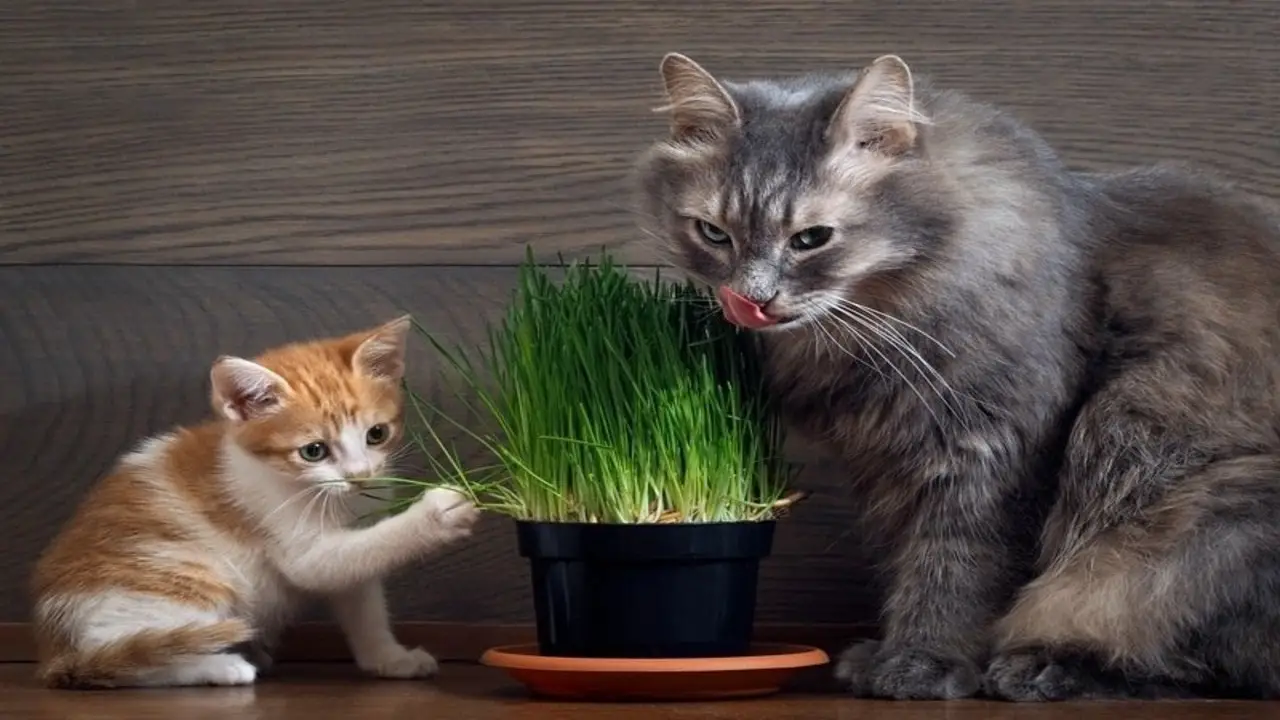
Providing optimal growing conditions for catnip is crucial to ensure successful growth from seed to harvest. Now it’s time to sow the catnip seeds. Scatter the seeds evenly over the prepared soil and gently press them into the surface, ensuring they are not buried too deeply. Catnip seeds require light to germinate, so just a light covering of soil or vermiculite will suffice. Here are some tips to help you grow catnip:
- Location: Choose a sunny spot in your garden or a well-lit area indoors. Catnip thrives in full sunlight, but it can tolerate partial shade as well.
- Soil: Catnip prefers well-draining soil with a pH level between 6.1 and 7.8. Amend the soil with organic matter like compost to improve its fertility and drainage.
- Planting: Sow catnip seeds directly into the soil or start them indoors 6-8 weeks before the last frost date. Plant the seeds about ¼ inch deep and space them 12-18 inches apart.
- Watering: Catnip plants require regular watering, especially during dry periods. Keep the soil moist but not waterlogged. Avoid overwatering, as it can lead to root rot.
Watering And Fertilizing Catnip Plants
Watering and fertilizing catnip plants are essential for their healthy growth. Here is some information on how to properly water and fertilize catnip plants:
- Watering:
- Catnip plants prefer well-drained soil, so make sure the soil is not waterlogged.
- Let the soil dry out slightly between watering, as catnip plants don’t like overly moist conditions.
- Water the plants deeply once or twice a week, depending on the weather and soil moisture.
- Avoid overhead watering, as it can lead to leaf diseases. Instead, water the base of the plant to keep the foliage dry.
- Fertilizing:
- Catnip plants are relatively low-maintenance and don’t require heavy fertilization.
- Before planting, incorporate organic matter, such as compost, into the soil to provide essential nutrients.
- During the growing season, you can apply a balanced organic fertilizer once a month. Follow the package instructions for proper application rates.
Pruning And Maintaining Catnip For Healthy Growth
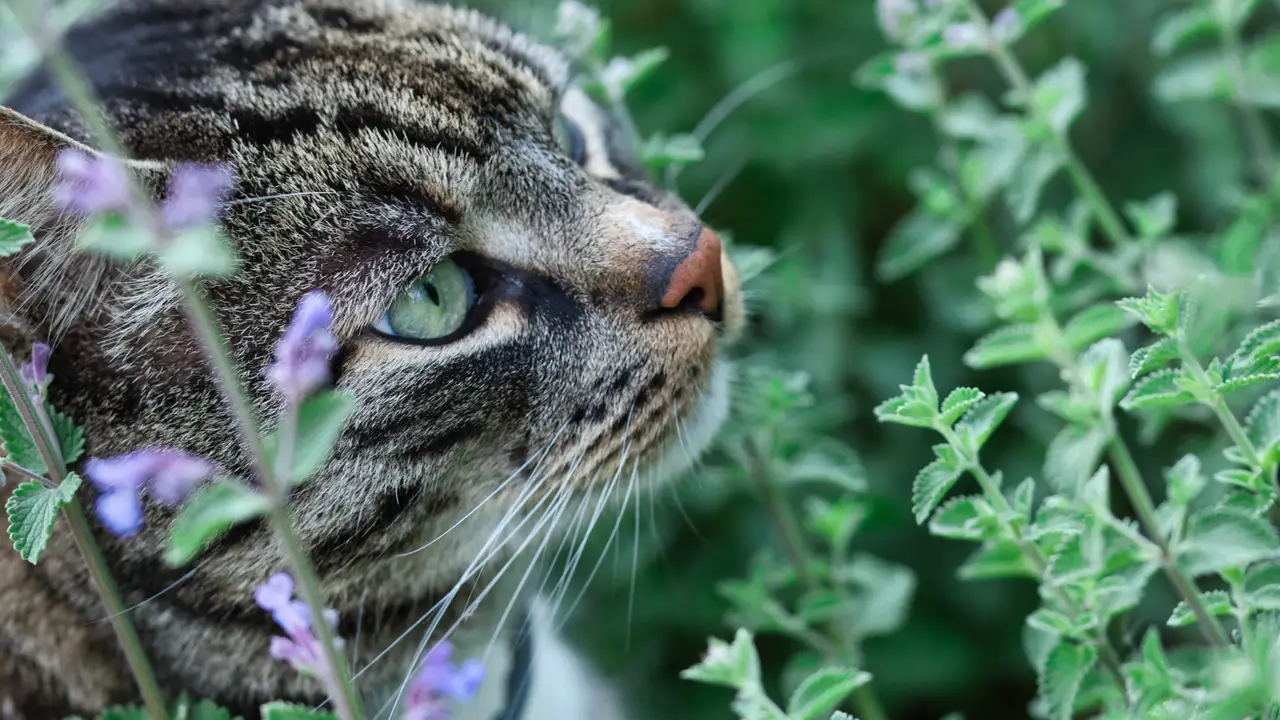
Pruning and maintaining catnip is essential for promoting healthy growth and ensuring a bountiful harvest. Regularly trimming the catnip plants helps to encourage bushier growth and prevent them from becoming too leggy. It is recommended to start pruning the plants when they reach around 6 inches in height.
Using clean and sharp gardening shears, snip off the top 1/3 of the plant, just above a set of leaves. This will stimulate branching and result in a fuller, more compact plant. Additionally, removing any yellowing or dead leaves will help redirect the plant’s energy towards new growth.
It is important to remember that catnip is a vigorous grower, so regular pruning throughout the growing season is necessary to maintain its shape and vitality. Here are some tips to help you grow catnip from seed to harvest:
- Pruning: Regular pruning is important to encourage bushier growth and prevent catnip plants from becoming leggy. Start pruning when the plants reach around 6 to 8 inches in height. Pinch off the top 1/3 of the plant to stimulate branching. Repeat this process every 2 to 3 weeks throughout the growing season.
- Deadheading: To encourage continuous blooming, remove faded flowers by snipping them off at their base. This will redirect energy towards new growth and prolong the flowering period.
- Controlling Spreading: Catnip tends to spread vigorously through self-seeding. To prevent it from taking over your garden, remove spent flowers before they have a chance to set seed. Alternatively, you can grow catnip in containers to contain its growth.
Dealing With Common Pests And Diseases
When growing catnip from seed to harvest, it is important to be aware of common pests and diseases that can affect your plants. Here are some tips on how to deal with them:
- Pests:
- Aphids: These small insects can infest catnip plants and cause damage. Use organic insecticidal soap or neem oil to control aphids.
- Spider Mites: These tiny pests can cause yellowing and wilting of leaves. Rinse the plants with water or use insecticidal soap to manage spider mite infestations.
- Flea Beetles: These beetles can chew small holes in the leaves of catnip plants. Use floating row covers to protect your plants from flea beetles.
- Diseases:
- Powdery Mildew: This fungal disease appears as a white powdery coating on the leaves. Improve air circulation by spacing plants properly and avoiding overhead watering to prevent powdery mildew.
Harvesting Catnip
Growing catnip from seed to harvest involves several steps. Within two weeks, you should start to see the seedlings emerge. Once the seedlings have grown a few inches tall, you can thin them out, leaving the strongest plants with plenty of space to grow. Regularly water the catnip, ensuring Here’s some information on when and how to harvest catnip:
- Planting: Start by sowing catnip seeds indoors about 6-8 weeks before the last frost date. Use well-draining soil and lightly cover the seeds with a thin layer of soil. Keep the soil moist and place the planted seeds in a warm location, such as a sunny windowsill.
- Transplanting: Once the seedlings have grown a few sets of true leaves and all danger of frost has passed, you can transplant them outdoors. Choose a sunny location with well-draining soil.
- Growing Conditions: Catnip prefers full sun but can tolerate partial shade. Water the plants regularly, keeping the soil evenly moist but not waterlogged. Provide support or stakes if needed to keep the plants upright.
- Harvesting: Catnip can be harvested once the plants reach a height of about 12-18 inches and begin to flower
Drying And Storing Catnip For Future Use
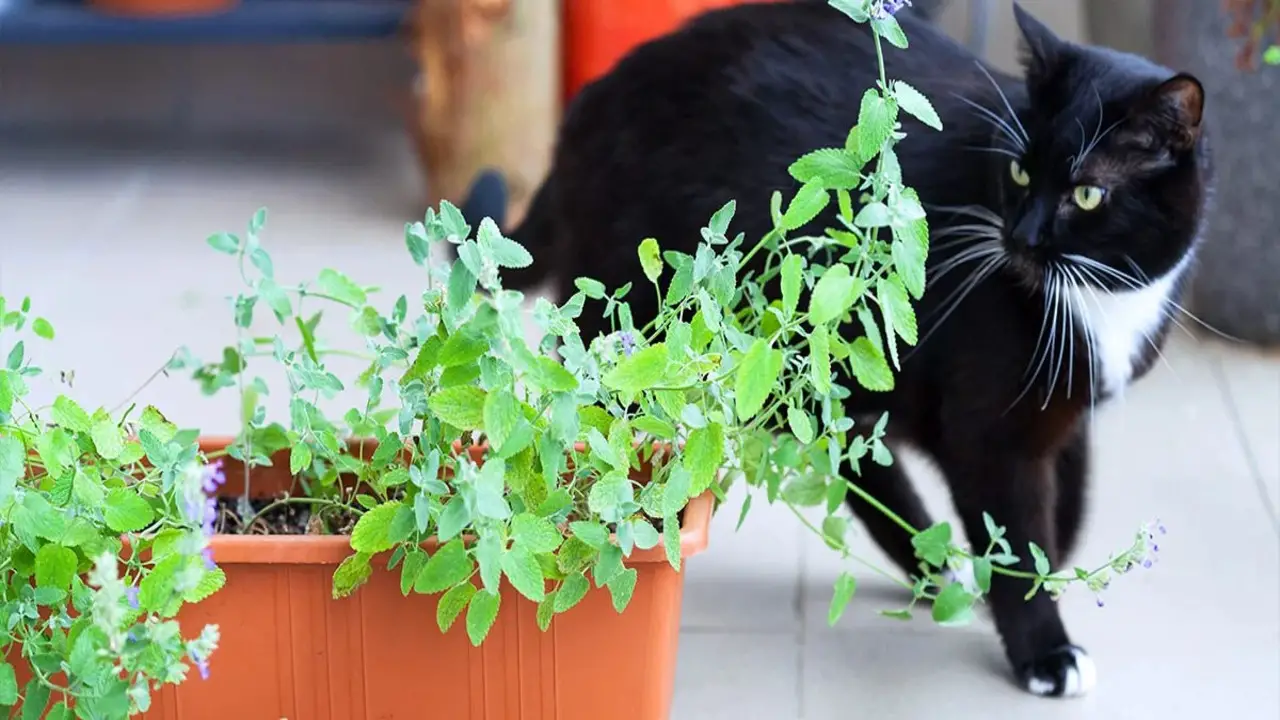
Catnip is a popular herb among cat owners due to its stimulating effects on felines. Learning how to grow catnip from seed to harvest is a great way to provide your furry friends with a fresh and endless supply of this beloved herb.
To begin, start by selecting a suitable location for your catnip plants. Catnip thrives in full sunlight, so choose an area in your garden that receives at least six hours of direct sunlight each day. here are some steps to follow:
- Choosing The Right Seeds: Look for high-quality catnip seeds from a reputable supplier. You can find them online or at your local gardening store.
- Planting The Seeds: Catnip can be sown directly in the ground or started indoors. If starting indoors, sow the seeds in small pots filled with well-draining soil. Keep the soil moist and place the pots in a sunny location.
- Transplanting: Once the seedlings are around 3-4 inches tall, you can transplant them into your garden or larger pots. Choose a location with full sun or partial shade.
- Watering And Care: Catnip requires regular watering, especially during dry spells.
Conclusion
Growing catnip from seed to harvest is a relatively simple process that can yield bountiful results for your furry feline friends. To begin, you will need to gather catnip seeds, which can be found at most garden centers or ordered online.
Once you have your seeds, choose a sunny location in your garden or prepare a pot if you prefer indoor cultivation. Catnip thrives in well-draining soil, so ensure that the soil is loosened and free from any debris.
By following the steps outlined in this guide, you will be able to cultivate healthy and abundant catnip plants in your garden successfully. It is important not to bury the seeds too deep, as they require light to germinate. Gently press the seeds into the soil using your fingertips, ensuring they are in firm contact with the earth.
With patience, proper care, and a little bit of love, you can provide your cats with a safe and natural source of stimulation and enjoyment. We hope now you understand how to grow catnip from seed to harvest.
FAQs
1.What Are The Optimal Growing Conditions For Catnip From Seed To Harvest?
Ans: Catnip thrives in well-draining soil with a pH of 6.1 to 7.8. It requires full sun and regular watering to keep the soil moist but not waterlogged. Sowing the seeds in early spring or fall is ideal, as it prefers cooler temperatures. Germination usually takes 7 to 10 days at a temperature of 70-75°F (21-24°C).
2.How Long Does It Take For Catnip Seeds To Germinate?
Ans: Catnip seeds typically take about 7 to 10 days to germinate. To begin the process of growing catnip from seed to harvest, start by preparing a seed tray or small pots with a well-draining soil mix. Moisten the soil lightly before sowing the catnip seeds. Gently press the seeds onto the surface of the soil, ensuring they are spaced evenly apart. Cover the seeds with a thin layer of soil and mist the top layer with water.
3.What Are Some Common Pests?
Ans: Some common pests include insects such as ants, cockroaches, mosquitoes, and flies. Other pests can include rodents like rats and mice, as well as pests like termites, bed bugs, and fleas. These pests can infest homes, gardens, and agricultural areas, causing damage to property and spreading diseases.
4.When Is The Best Time To Harvest Catnip?
Ans: The best time to harvest catnip is in the morning after the dew has dried but before the heat of the day sets in. This is when the essential oils in the leaves are most concentrated, resulting in a stronger scent and flavor. Harvesting catnip before it flowers is also recommended, as the leaves contain higher levels of essential oils prior to flowering.
5.Are There Any Specifics?
Ans: No, In today’s fast-paced business landscape, it is crucial for organizations to evolve and adapt to stay competitive continuously. This means expanding upon existing strategies and exploring new avenues for growth. One effective way to achieve this is through strategic partnerships and collaborations. By joining forces with like-minded companies or individuals, organizations can tap into new markets, leverage complementary strengths, and access additional resources.

